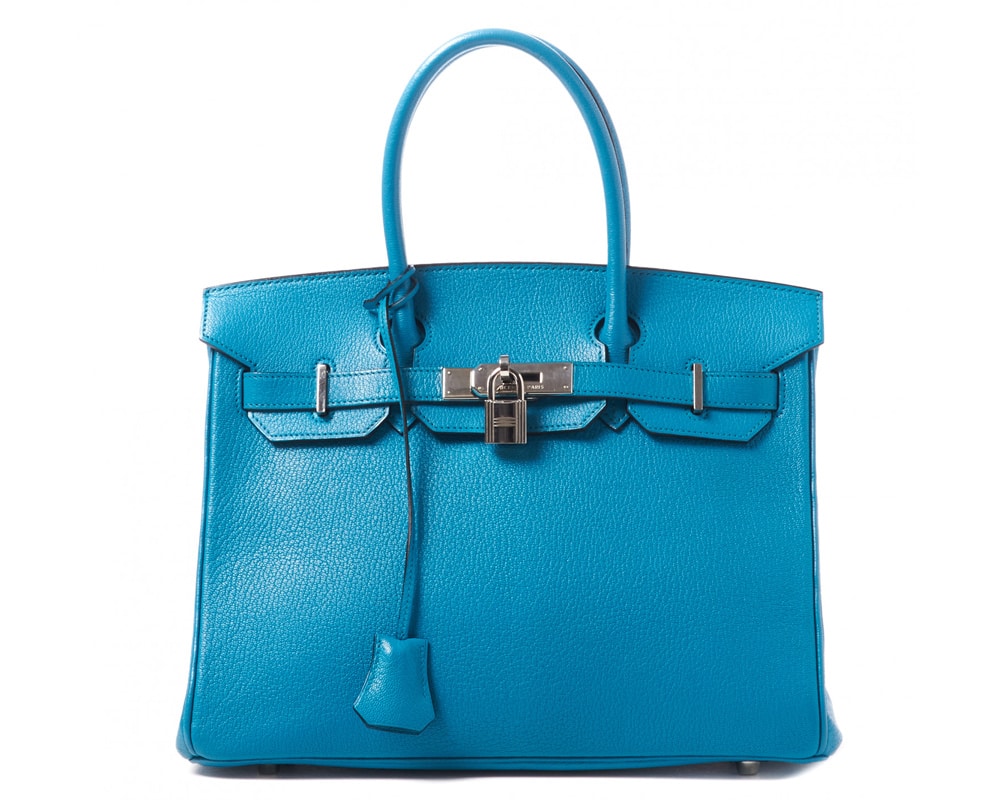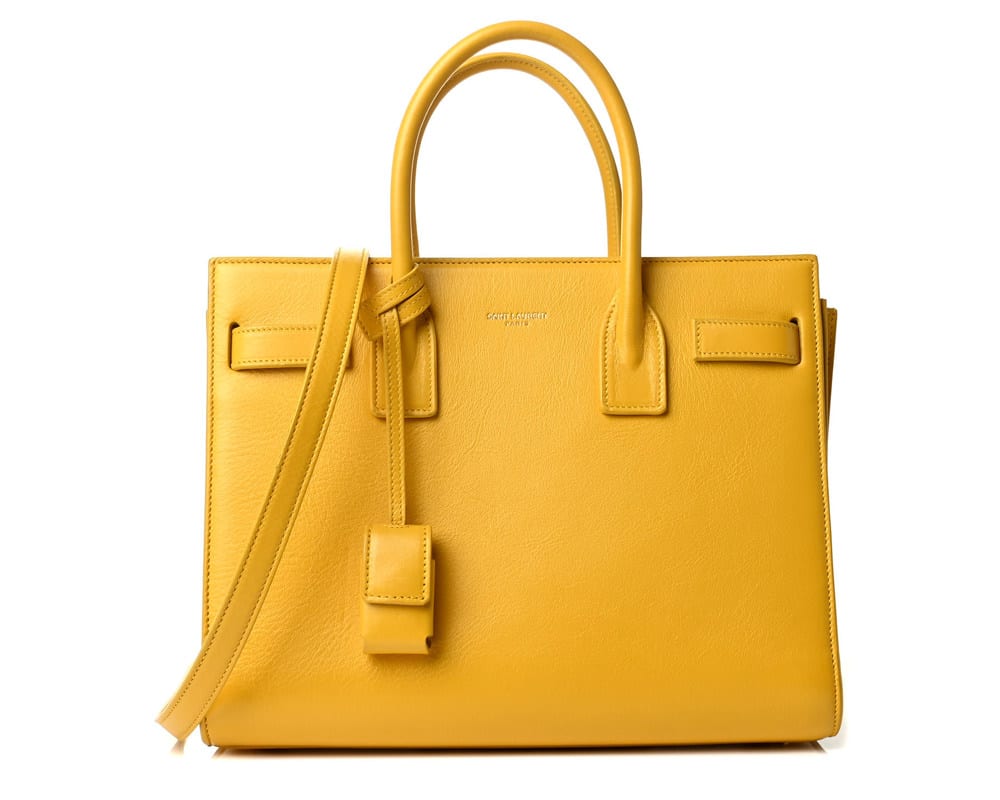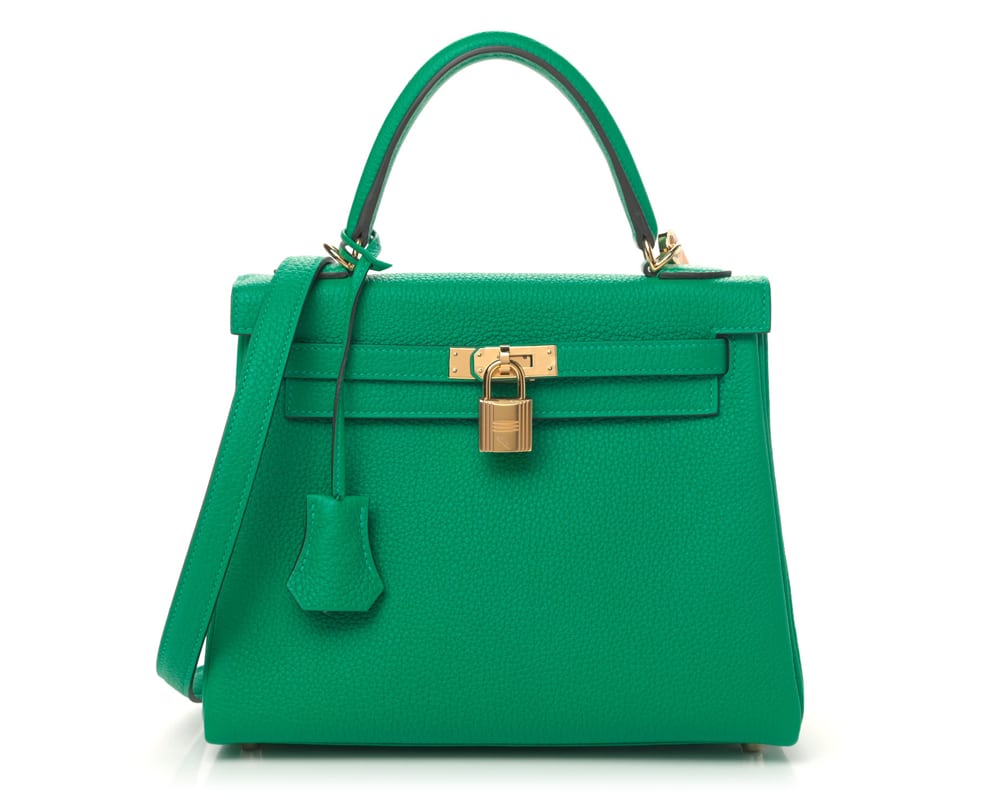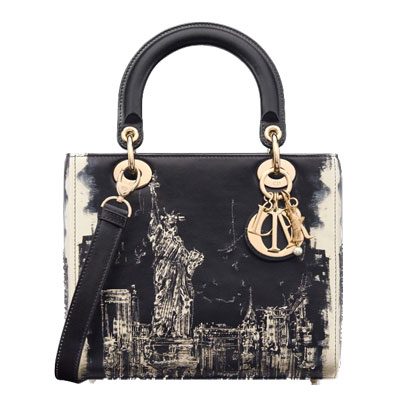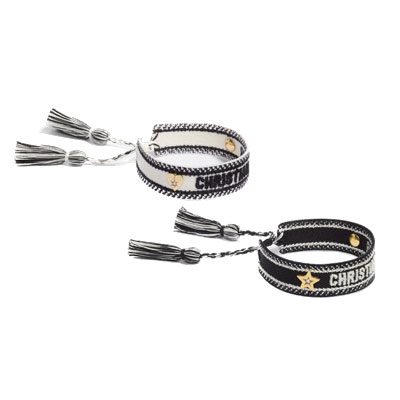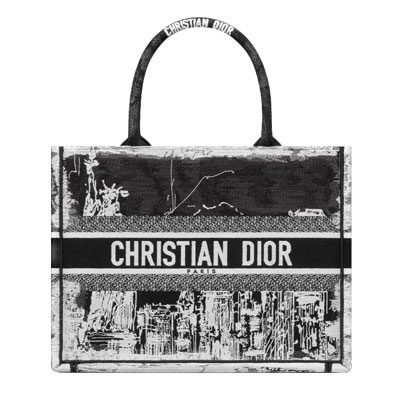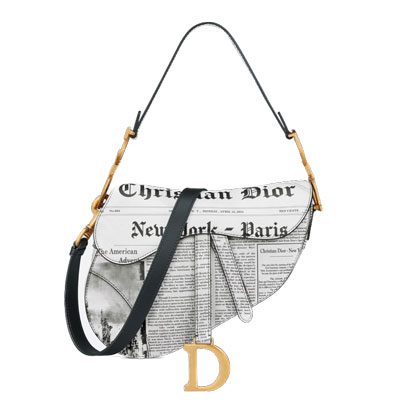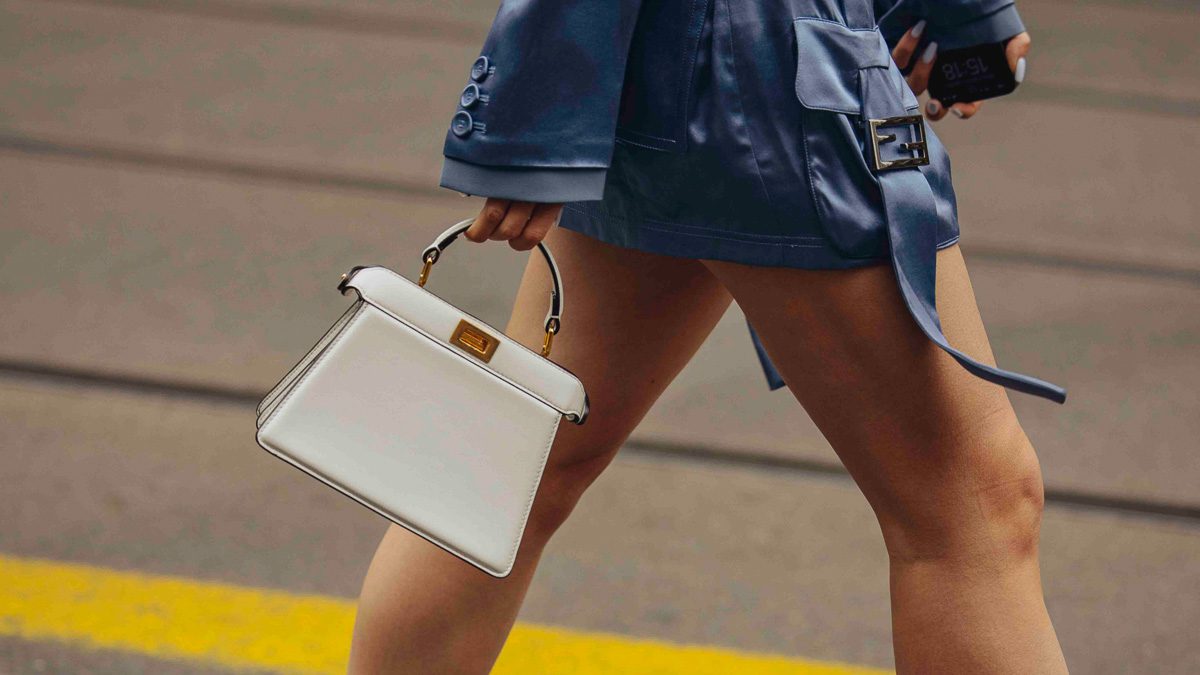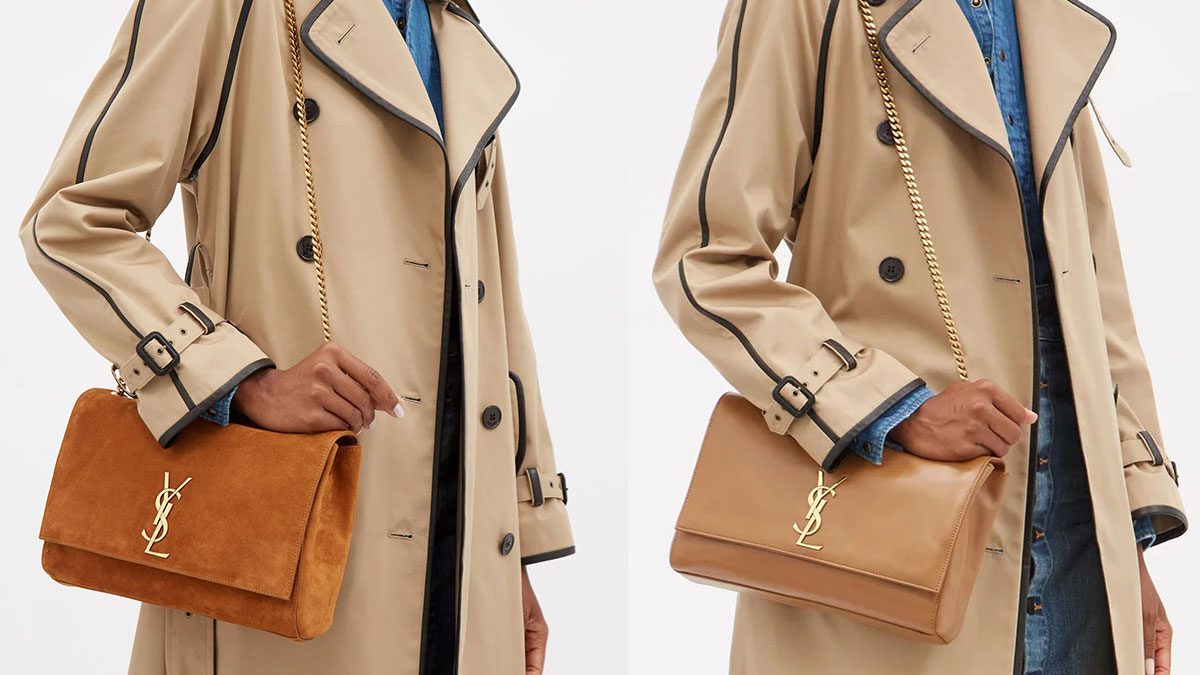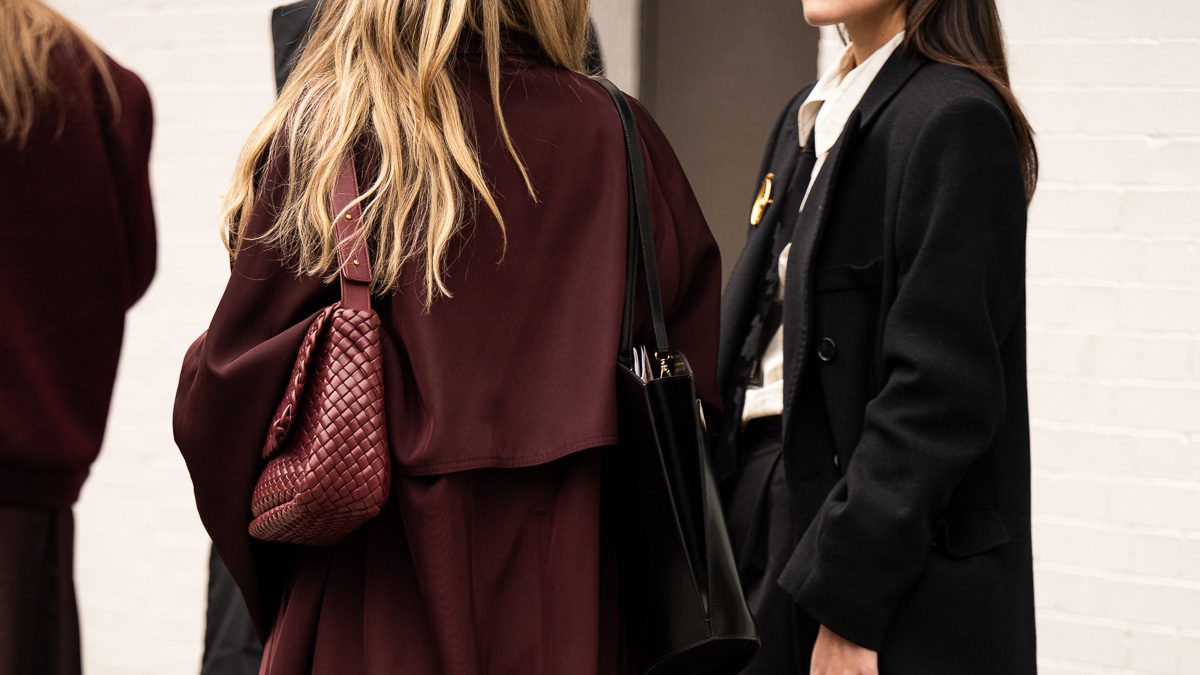Did you know that the human tailbone has existed since the time we were apes (and hence, had tails), but now serves no purpose at all? The same can be said about padlocks on handbags: the once travel-only bags like the Hermès Haut à Courroies and the Louis Vuitton Keepall all had traditional locking mechanisms to keep travelers’ paraphernalia safe. As they grew (or rather, shrunk) into the current day phenomena of the Birkin and the Speedy, their locks remained. Still, their functionalities decreased to the point that virtually nobody uses them. I think the real lesson here is don’t ask a luggage-maker to make handbags for you. Kidding!
Please don’t sue me, Louis Vuitton or Hermès. And anyway, trunk bags are all the rage now, so I stand corrected. But do the padlocks that continue to grace the bags of various fashion houses still fulfill any purpose? Let’s investigate further.
Originally used for travel duffels and trunks, and sometimes on saddles for horseback sports, tennis, swimming, biking, and skiing, the purse padlock has a fascinating history. While Hermès has been using locks on the Haut à Courroies since the bag’s inception in 1892, the first designer to use padlocks (that exists in modern-day, at least) was Louis Vuitton in 1886. They were created to serve an efficient purpose; to prevent thieves who stole luggage from accessing the belongings inside. In fact, it was allegedly impossible to open, so much so that even Houdini refused a challenge to try to crack the lock. The LV padlock as we know it, though was introduced in 1901, and it’s been a staple of the brand ever since.
However, me from the early 2010s gawking at pictures of Birkins from five-year-old Vogues at dentists’ waiting rooms had no clue why there was a lock on a bag when the thieves would probably just slice open the bag itself (I was naive). In fact, in the context of the 1900s, locks probably made sense, but with both security systems and robbers becoming more sophisticated throughout the years, why hold onto locks now?
Well, first off, it’s an integral part of the brands’ identities by now, so much that it was a mascot of sorts for the themes Hermès used to unveil each year, and even now they serve as whimsical charms to bags alongside the numerous others the house offers like the Rodeo or the Oran. Plus, they add another jewel-encrusted (or sometimes crocodile-wrapped) feather on the crown of their exotic bags, so yeah, it’s a pretty big deal. Not only that, even the making of the padlock and its complementary parts has its own place in Hermès history, with the clochette, generally used to house the keys to the lock, being made of a single piece of leather rather than two separate pieces stitched together. In contrast, the engraved numbers on the locks themselves are major giveaways of counterfeit bags.
Louis Vuitton, on the other hand, has taken it a step further, launching an entire range of Lockit handbags all featuring the familiar LV-inscribed lock. And of course, the house’s permanent lines like the Speedy, Alma, and Montaigne all continue dangling the little accessory. At the same time, the Locky ushers a new era whereby the lock itself has become a stylistic and inseparable element of the bag rather than a separate detachable accessory. Furthermore, the padlocks of Louis Vuitton have expanded from bags and trunks onto jewelry, with padlock pendants, as well as key-rings for those who dig the look. Meanwhile, the lock remains an instrumental part of the authentication process here as well.
The two most premier luxury brands aside, many designers have had padlocks on their accessories at some points in time, from the Prada Esplanade to the Gucci Supreme to the Fendi Padlock tote. In fact, even the Saint Laurent Sac de Jour comes with its own lock and clochette, and whether to hang the lock on my own SDJ one day is a dilemma I can only dream about having. But perhaps the most well-known non-premier brand with a lock was the Chloe Paddington, which featured an oversized padlock as its showstopper and became the epitome of an It-bag in the 2000s.
The padlock is also a crucial element of a bag’s resale value. Jérôme Lalande of Collector Square says that for a bag that is nearly in mint condition, the absence of accessories, such as the zipper, clochette, key or the padlock, leads to a reduction in value. The brands themselves sell them separately too, while Hermès offers to redo broken or lost accessories on demand for interested customers.
However, the aesthetic or historical value of the padlock alone isn’t sometimes sufficient to draw in users; rather, they sometimes add extra weight to an already heavy bag, especially in the case of Birkins. Arguably, that is also what led to the demise of the Paddington. Plus, especially when shipping internationally (as I came to find out during my recent skirmishes on the resale market), the weight of a bag often adds to a significant portion of the cost – sometimes even more than its base price! Not only that, bags with padlocks (and most hardware-heavy bags in general) are highly prone to scratches, which, depending on how much of handbag-OCD you possess, may end up being a dealbreaker for you.
But among the many gifts the internet has given has, the gift of oogling at more bags than ever reigns supreme, and a quick look at most celebrities carrying some combination of the Birkin, Kelly, Speedy or Alma highlights the absence of the lock, indicating that even leaving them hanging (because I’m pretty sure nobody actually uses them) is way too cumbersome. And with rapidly shrinking bag sizes, it’s all the more unlikely that we’ll leave our bags in somebody else’s possession, making locks even more redundant.
So, what about you? Do you let your padlock stay, or are you strictly against them?

